Home>Home Appliances>Home Automation Appliances>What Direction Does A Thermostat Go In
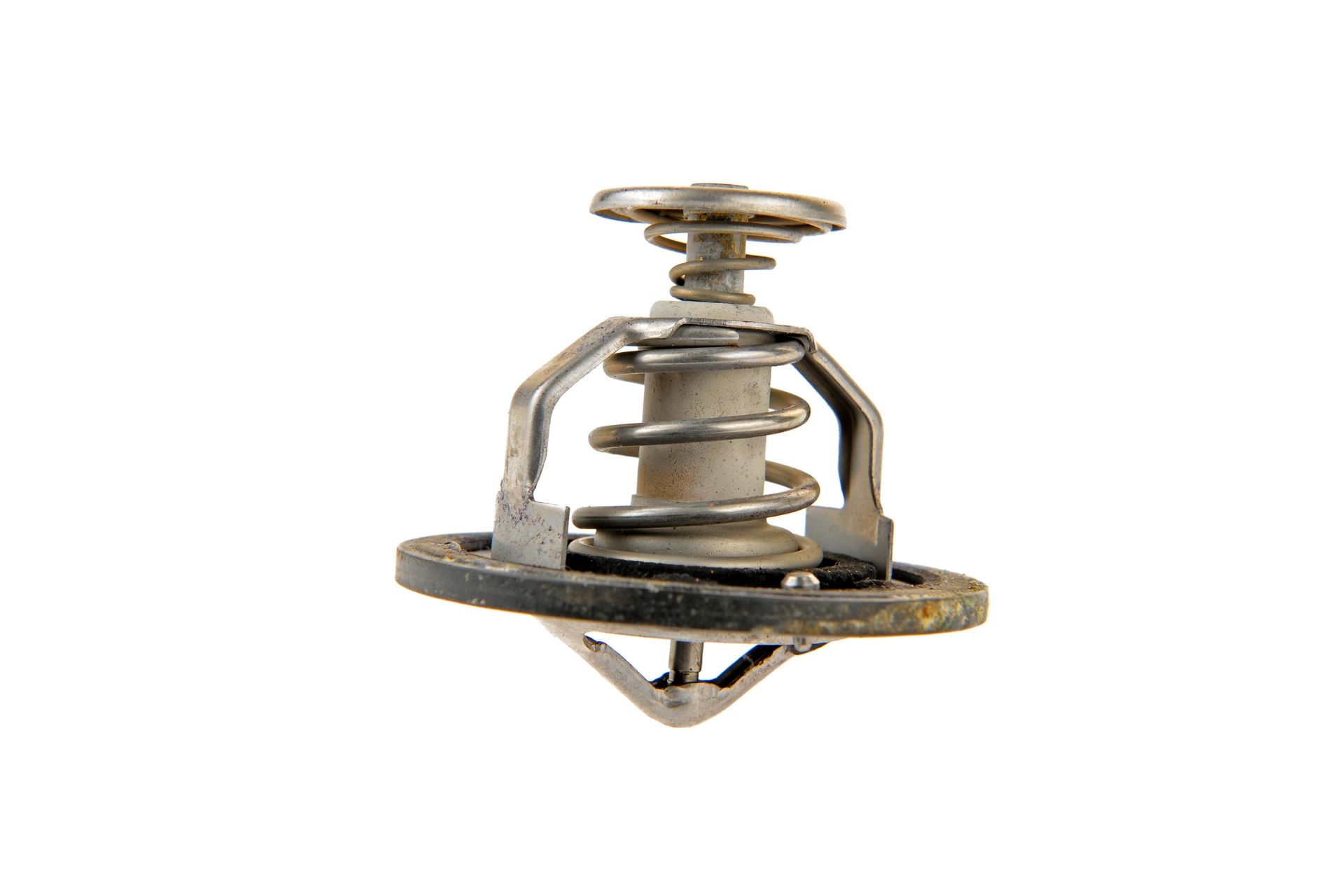

Home Automation Appliances
What Direction Does A Thermostat Go In
Published: January 2, 2024
Discover the right direction for your thermostat in your home automation appliances. Learn how to optimize your thermostat for efficient temperature control.
(Many of the links in this article redirect to a specific reviewed product. Your purchase of these products through affiliate links helps to generate commission for Storables.com, at no extra cost. Learn more)
Introduction
Welcome to the world of home automation, where comfort meets convenience. In this realm, the thermostat plays a pivotal role, acting as the conductor of your home’s temperature symphony. Have you ever found yourself wondering about the direction a thermostat goes in? If so, you’re not alone. Understanding the intricacies of thermostat direction is essential for maintaining a cozy and energy-efficient home environment.
In this comprehensive guide, we’ll delve into the nuances of thermostat direction, exploring its significance, installation, and troubleshooting. By the end of this journey, you’ll be equipped with the knowledge to navigate the realm of thermostats with confidence and ease.
Key Takeaways:
- Proper thermostat direction and installation are crucial for accurate temperature readings and efficient HVAC operation, ensuring a cozy and energy-efficient home environment.
- Attention to detail during thermostat installation, including choosing the right location and addressing common issues, empowers homeowners to optimize comfort and energy efficiency.
Read more: What Direction Does A Fan Go In The Summer
Understanding Thermostat Direction
Before we delve into the directional aspects of thermostats, it’s crucial to grasp the fundamental principles behind their operation. A thermostat serves as the control center for your heating, ventilation, and air conditioning (HVAC) system. Its primary function is to regulate the temperature within your home, ensuring optimal comfort while minimizing energy consumption.
When it comes to thermostat direction, the term typically refers to the orientation of the device during installation. Most thermostats are designed to be mounted on a wall, and the direction in which they are installed can impact their performance. Proper orientation ensures accurate temperature readings and efficient operation of the HVAC system.
Thermostats are equipped with internal sensors that detect temperature variations in their immediate surroundings. As a result, their placement and orientation play a crucial role in their ability to accurately gauge the ambient temperature. Incorrect installation, such as positioning the thermostat in direct sunlight or near drafts, can lead to skewed temperature readings and inefficient HVAC operation.
Furthermore, the direction in which a thermostat faces can impact its responsiveness to temperature changes. For instance, if a thermostat is installed in a location that experiences significant temperature fluctuations throughout the day, it may lead to frequent HVAC system activations and increased energy consumption.
Understanding thermostat direction also involves considering the impact of nearby heat sources or obstructions. Appliances that generate heat, such as lamps or electronic devices, can influence the thermostat’s ability to gauge the actual room temperature accurately. Similarly, obstructions that impede airflow around the thermostat can affect its performance.
By comprehending the significance of thermostat direction, homeowners can make informed decisions regarding the installation and placement of these essential devices. Whether you’re upgrading to a smart thermostat or replacing an existing unit, being mindful of the directional aspects can contribute to a more efficient and comfortable home environment.
Installing a Thermostat
When it comes to installing a thermostat, attention to detail is key, especially concerning its direction and positioning. Whether you’re embarking on a new installation or replacing an existing thermostat, the following steps will guide you through the process:
- Choose the Right Location: Select a central location on an interior wall, away from direct sunlight, drafts, and heat sources. This ensures that the thermostat can accurately gauge the ambient temperature.
- Turn Off Power: Before beginning the installation, switch off the power to your HVAC system at the circuit breaker to prevent electrical mishaps.
- Remove the Old Thermostat: If you’re replacing an existing thermostat, carefully detach it from the wall and label the wires connected to it for reference during the new installation.
- Mount the New Thermostat: Secure the new thermostat’s base to the wall, ensuring it is level and firmly in place. Pay attention to the recommended orientation specified in the installation instructions.
- Connect the Wires: Carefully connect the labeled wires from your HVAC system to the corresponding terminals on the new thermostat’s base. Follow the manufacturer’s wiring diagram to ensure correct connections.
- Attach the Thermostat: Once the base is securely mounted and the wires are connected, snap the thermostat onto the base, ensuring a snug fit. Pay attention to any directional indicators on the thermostat to ensure proper orientation.
- Power Up and Test: Restore power to your HVAC system and test the thermostat’s functionality. Verify that it accurately reflects the room temperature and is responsive to adjustments.
By following these steps and being mindful of the thermostat’s direction and placement, you can ensure a successful installation that optimizes the device’s performance and accuracy.
When installing a thermostat, make sure the arrow on the back of the thermostat is pointing in the direction of the airflow. This will ensure accurate temperature readings and efficient heating or cooling.
Troubleshooting Thermostat Direction Issues
While a properly installed and oriented thermostat should function seamlessly, occasional issues may arise that affect its performance. When troubleshooting thermostat direction issues, it’s essential to consider various factors that could impact its accuracy and responsiveness. Here are some common issues and troubleshooting steps:
- Inaccurate Temperature Readings: If your thermostat consistently displays inaccurate temperature readings, verify that it is not exposed to direct sunlight, drafts, or heat sources. Reposition the thermostat if necessary, ensuring it is mounted away from these influences to provide more accurate temperature readings.
- Frequent HVAC Cycling: A thermostat that triggers frequent HVAC system activations may be responding to rapid temperature fluctuations caused by its location. Consider relocating the thermostat to a more stable environment to minimize unnecessary system cycling and energy consumption.
- Poor Responsiveness: If your thermostat seems unresponsive to temperature adjustments, check for any obstructions that may impede airflow around the device. Additionally, ensure that the thermostat’s directional indicators, if applicable, align with the recommended orientation during installation.
- Interference from Heat Sources: Nearby heat-generating appliances or electronic devices can impact the thermostat’s ability to accurately gauge room temperature. Identify and relocate any such sources to mitigate their influence on the thermostat’s performance.
- Calibration and Settings: Some thermostats offer calibration options to fine-tune their temperature accuracy. Refer to the manufacturer’s instructions to access and adjust calibration settings if necessary. Additionally, review the thermostat’s settings to ensure they align with your comfort preferences and energy-saving goals.
If troubleshooting these issues does not resolve the problems with your thermostat’s direction and performance, consider consulting a professional HVAC technician. They can conduct a comprehensive assessment of your thermostat’s installation and operation, identifying any underlying issues that may be affecting its functionality.
By addressing thermostat direction issues proactively and implementing troubleshooting steps, you can optimize your HVAC system’s performance and enjoy a comfortable indoor environment tailored to your preferences.
Conclusion
Congratulations! You’ve embarked on a journey through the intricate world of thermostat direction, gaining valuable insights into its significance, installation, and troubleshooting. By understanding the impact of thermostat orientation and placement, you are empowered to optimize your home’s comfort and energy efficiency.
Throughout this guide, we’ve underscored the importance of selecting an appropriate location for your thermostat, free from external influences that could compromise its accuracy. By adhering to best practices during installation, such as turning off power, labeling wires, and ensuring proper orientation, you can set the stage for a seamless and effective integration of your thermostat into your home automation system.
Moreover, by familiarizing yourself with common thermostat direction issues and their troubleshooting methods, you’re equipped to address potential challenges that may arise. Whether it’s inaccurate temperature readings, frequent HVAC cycling, or responsiveness issues, you now possess the knowledge to identify and resolve these issues, ensuring optimal thermostat performance.
As you navigate the realm of home automation and embark on your thermostat installation or replacement journey, remember that attention to detail and a mindful approach to thermostat direction can significantly enhance your home’s comfort and energy efficiency. Whether you opt for a traditional thermostat or embrace the innovative features of a smart thermostat, the principles of proper orientation and installation remain paramount.
By leveraging the insights gained from this guide, you are well-prepared to embark on your thermostat installation or replacement journey with confidence and expertise. Embrace the opportunities that home automation offers, and may your home be a haven of comfort and efficiency, guided by the seamless operation of your thermostat.
Now, armed with a deeper understanding of thermostat direction, go forth and create a home environment that perfectly aligns with your comfort and energy-saving goals. Happy home automating!
Frequently Asked Questions about What Direction Does A Thermostat Go In
Was this page helpful?
At Storables.com, we guarantee accurate and reliable information. Our content, validated by Expert Board Contributors, is crafted following stringent Editorial Policies. We're committed to providing you with well-researched, expert-backed insights for all your informational needs.
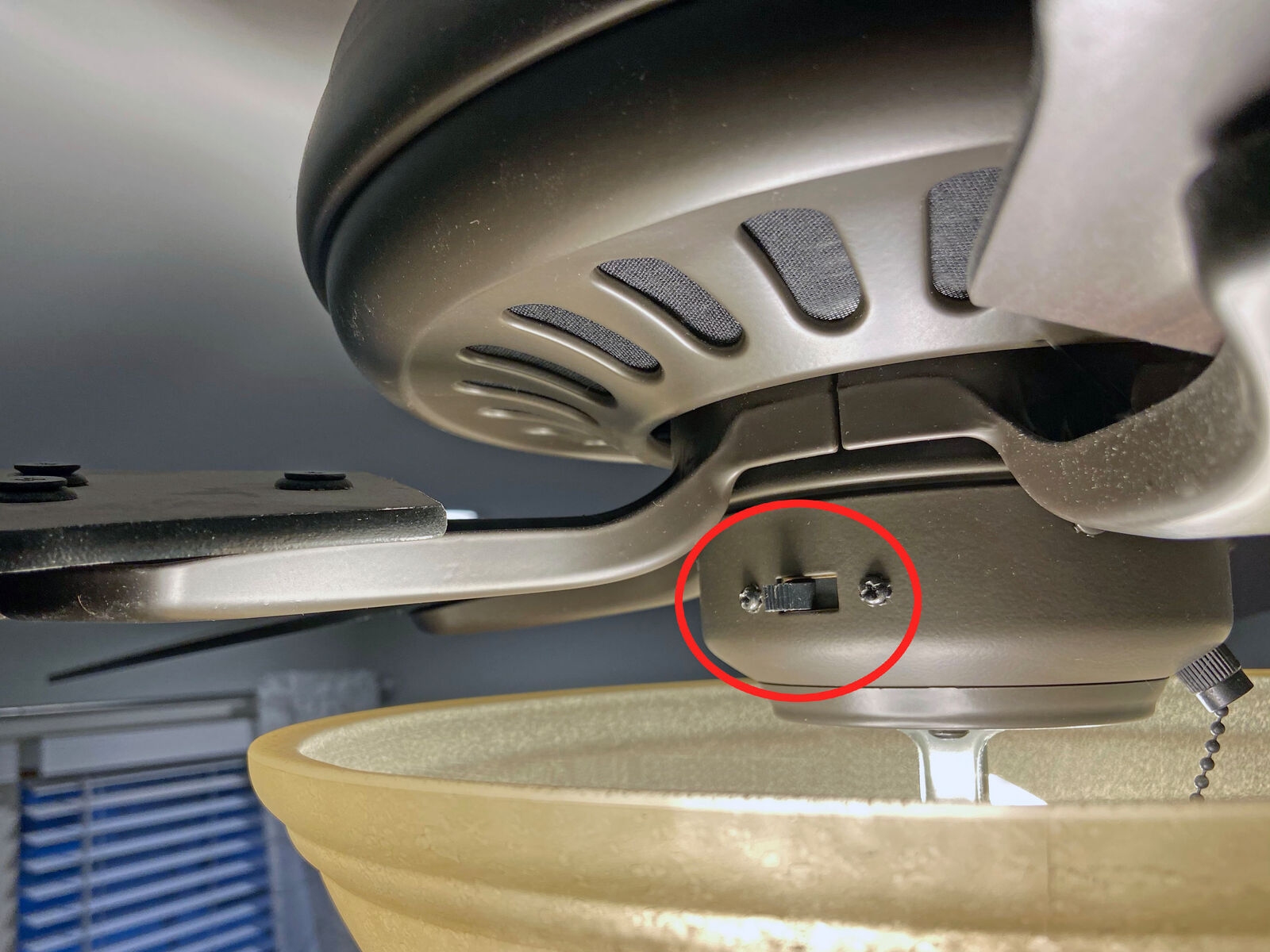
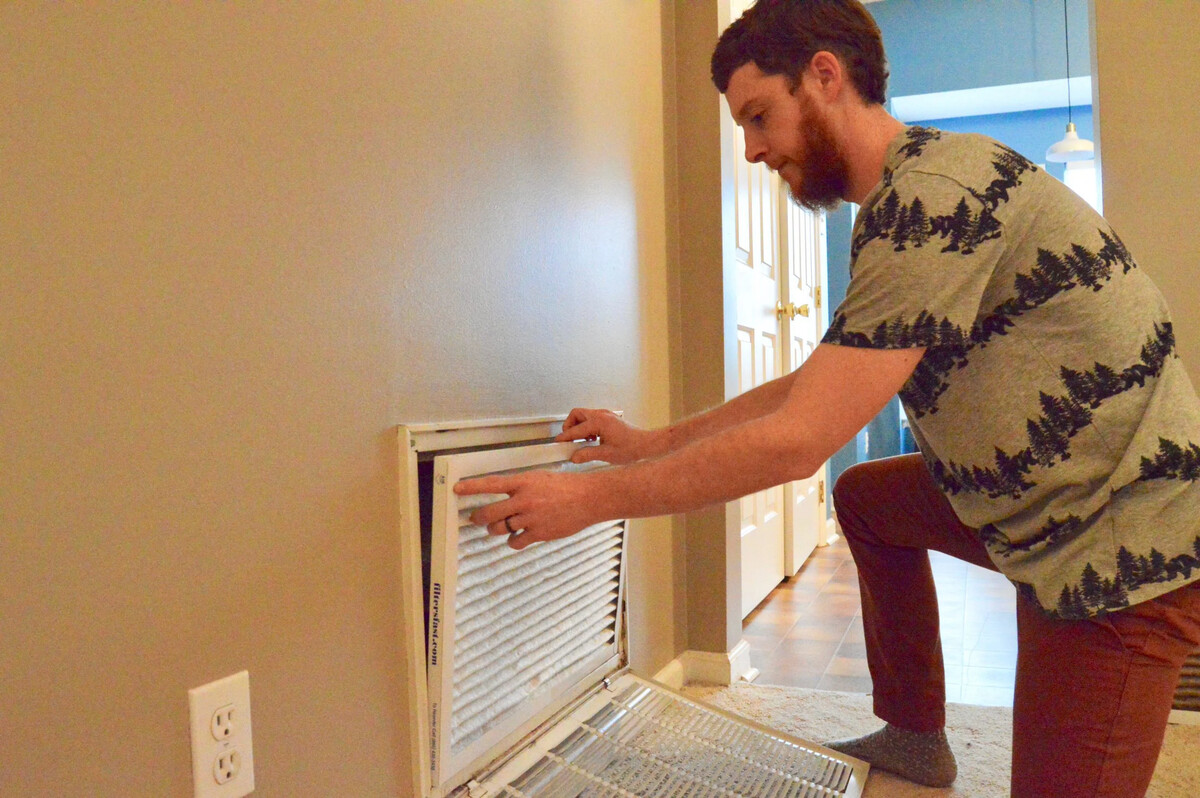
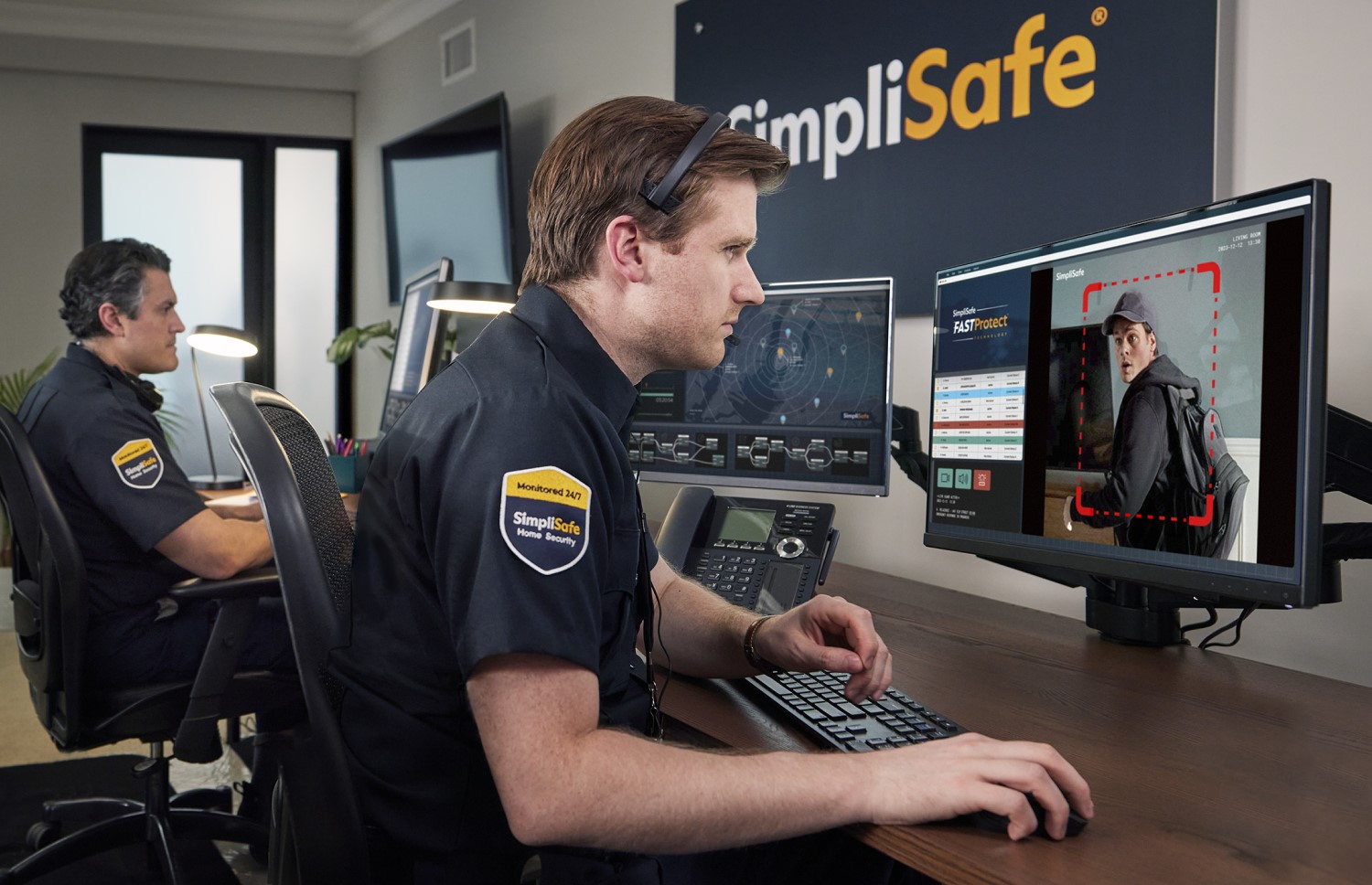

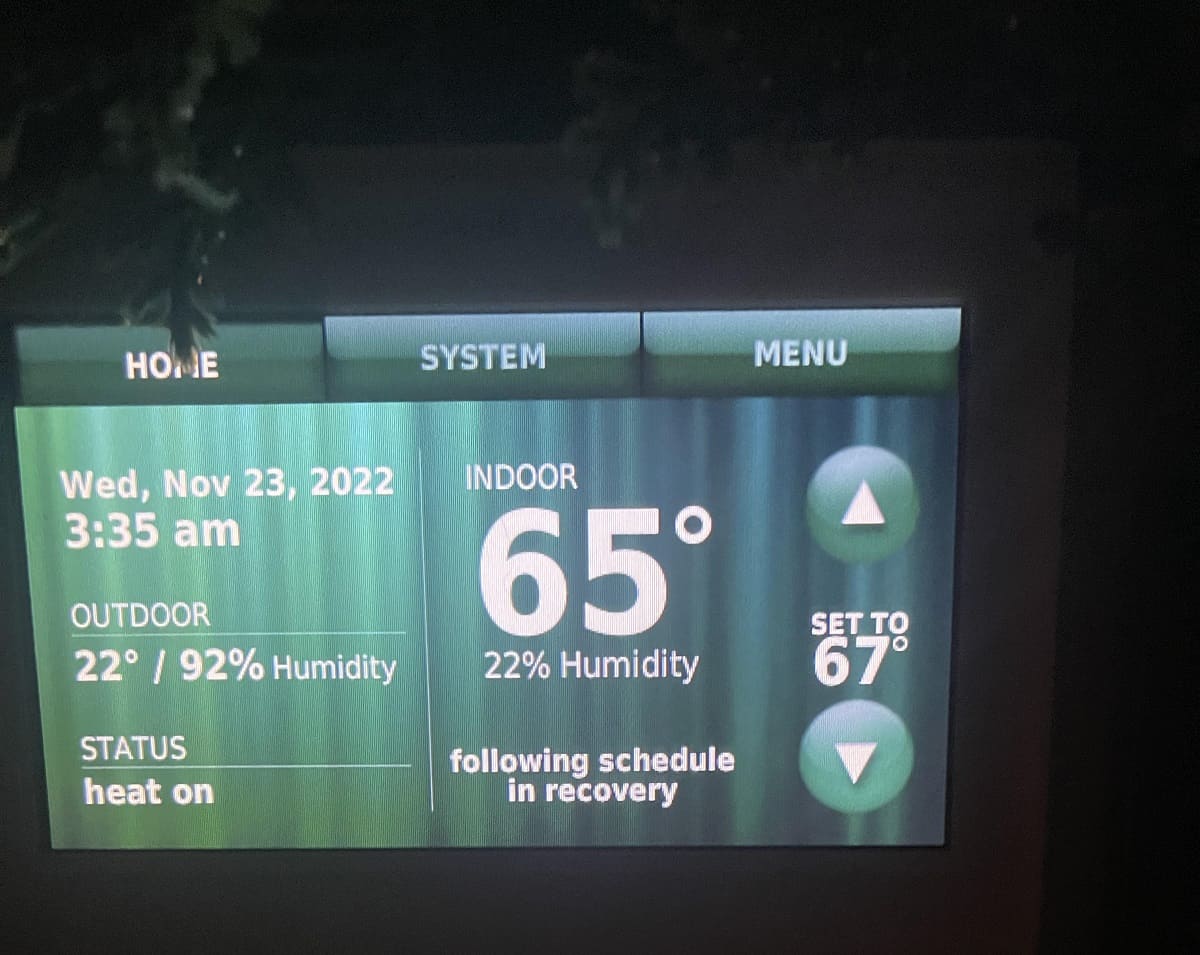
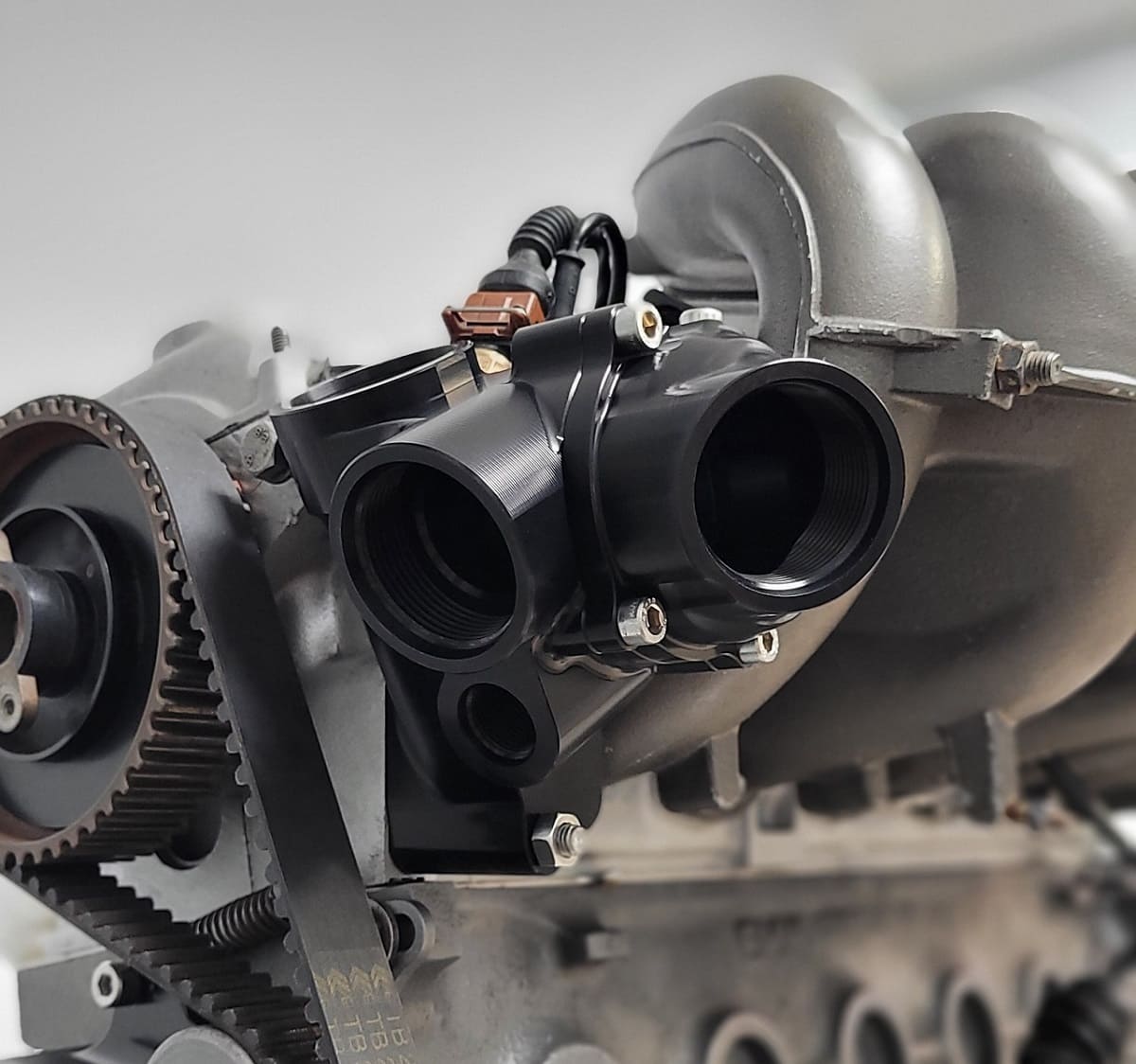

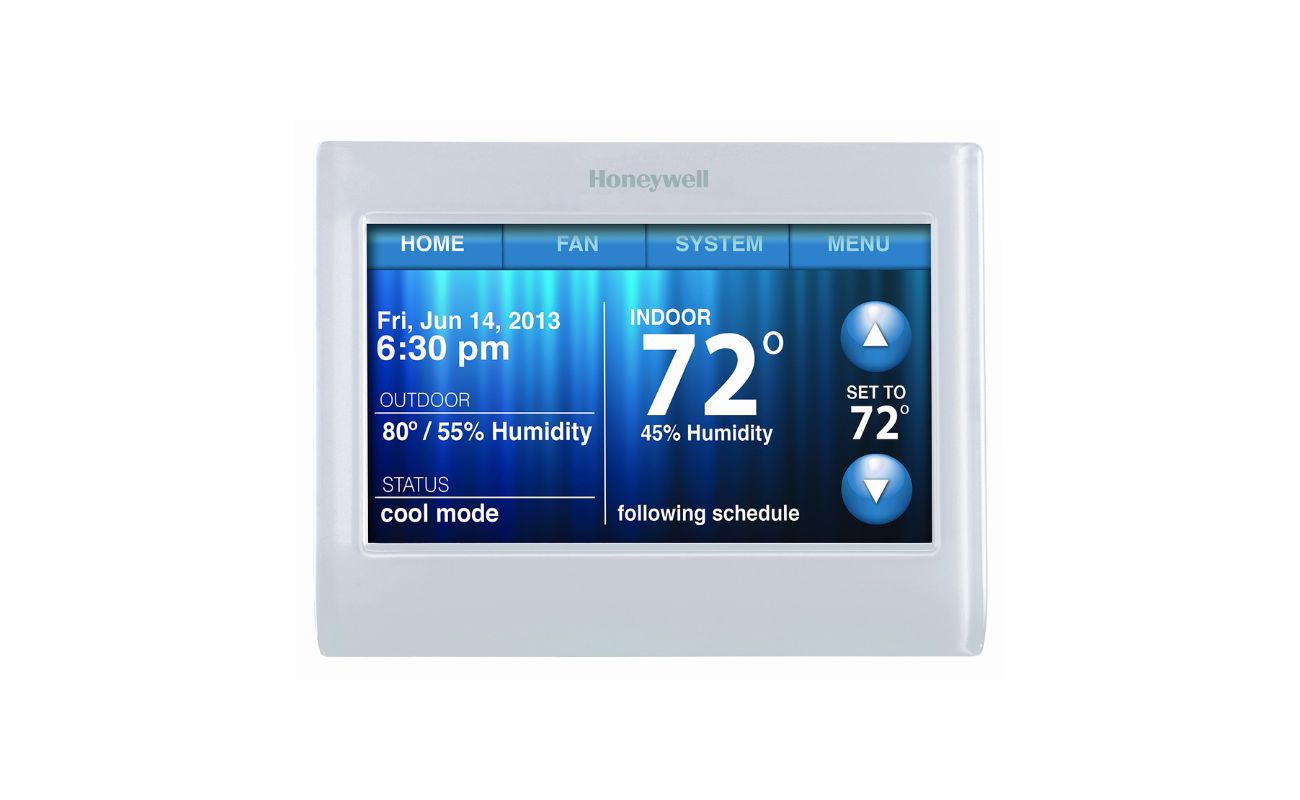

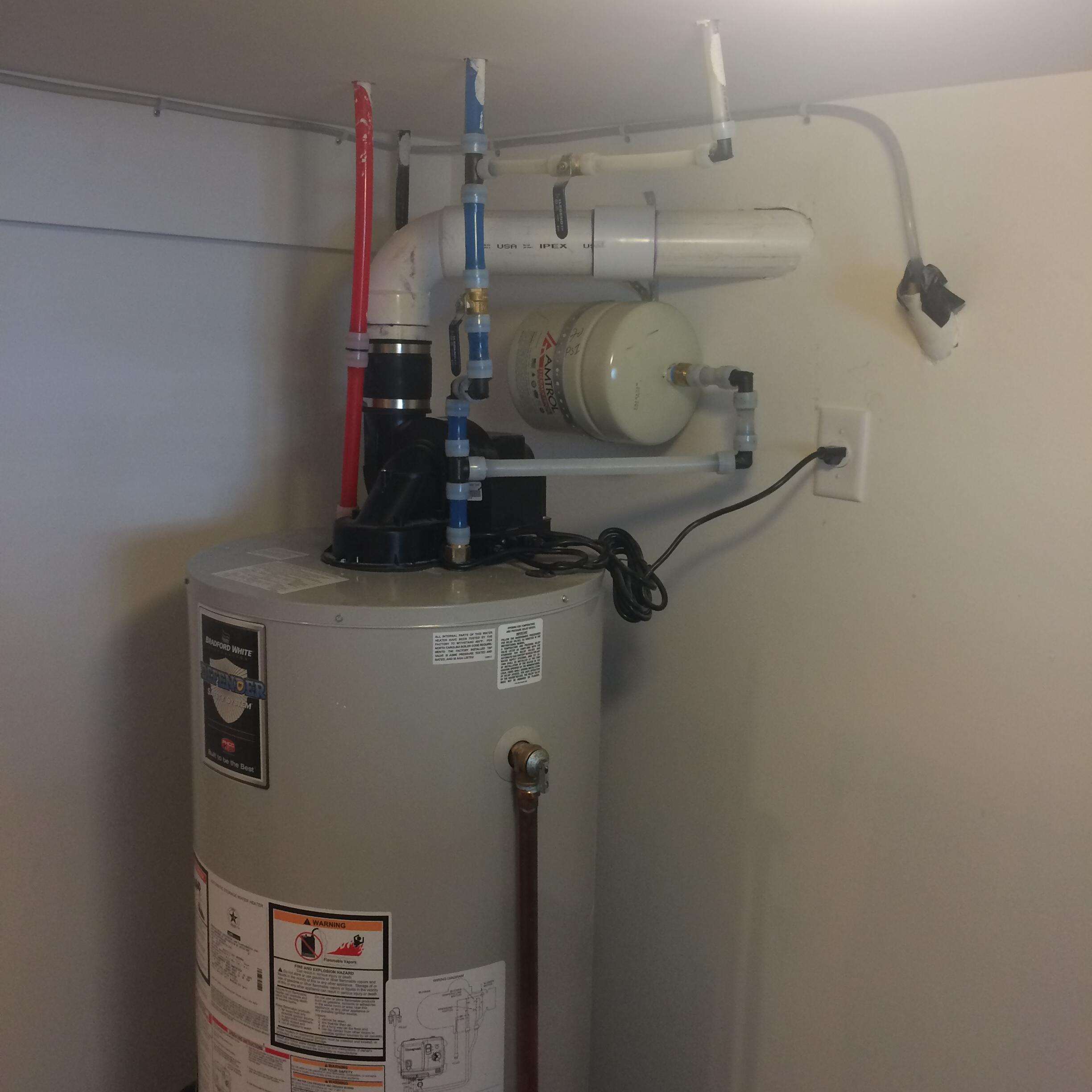






0 thoughts on “What Direction Does A Thermostat Go In”